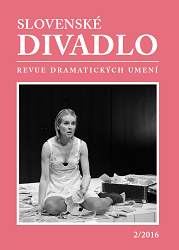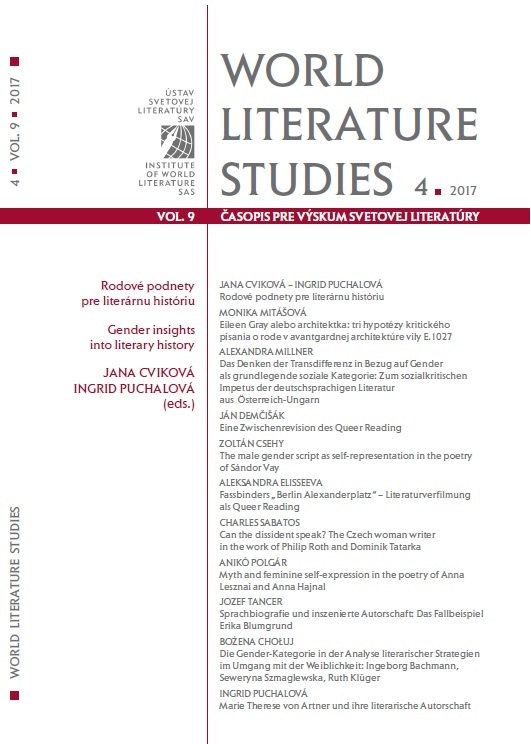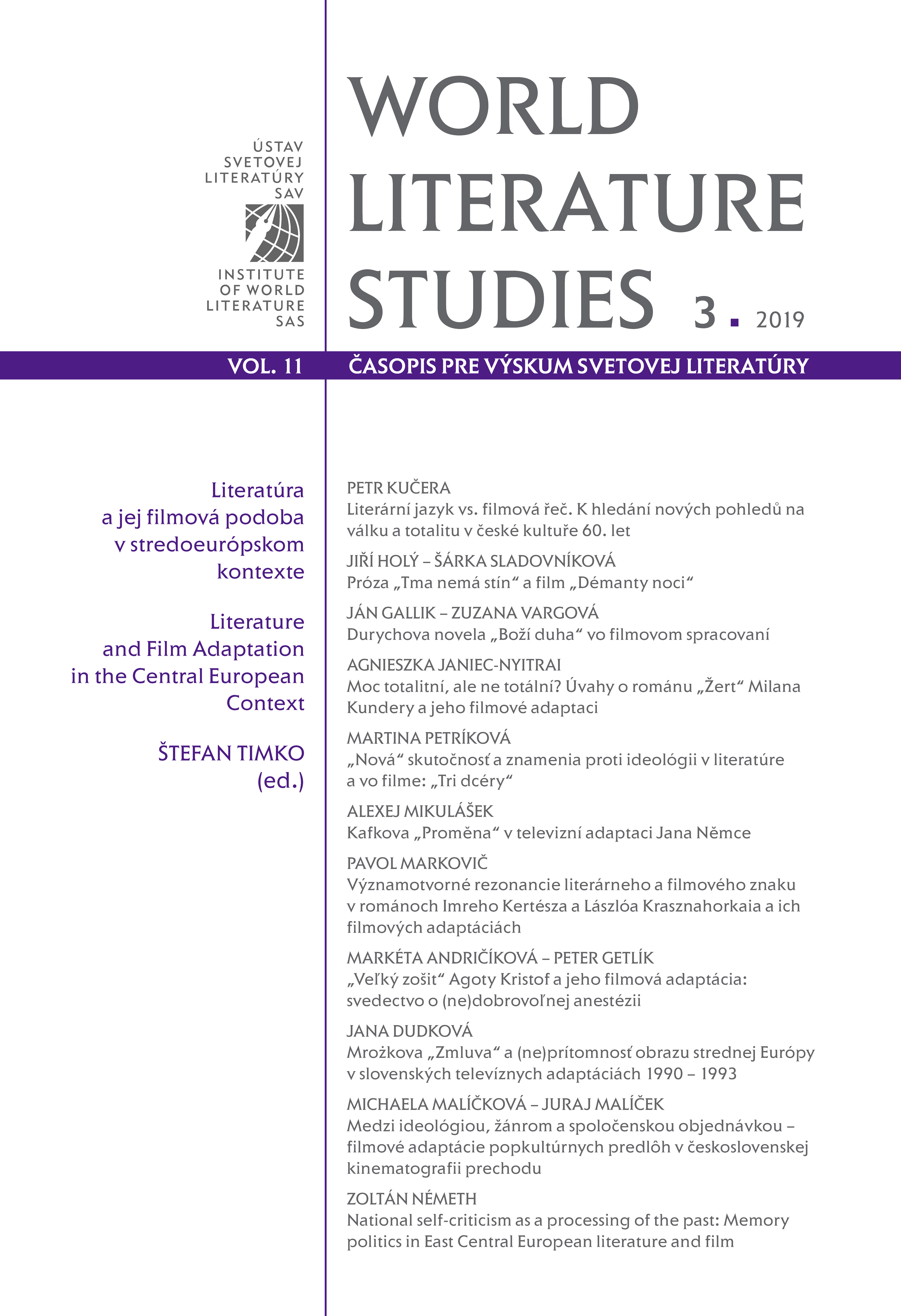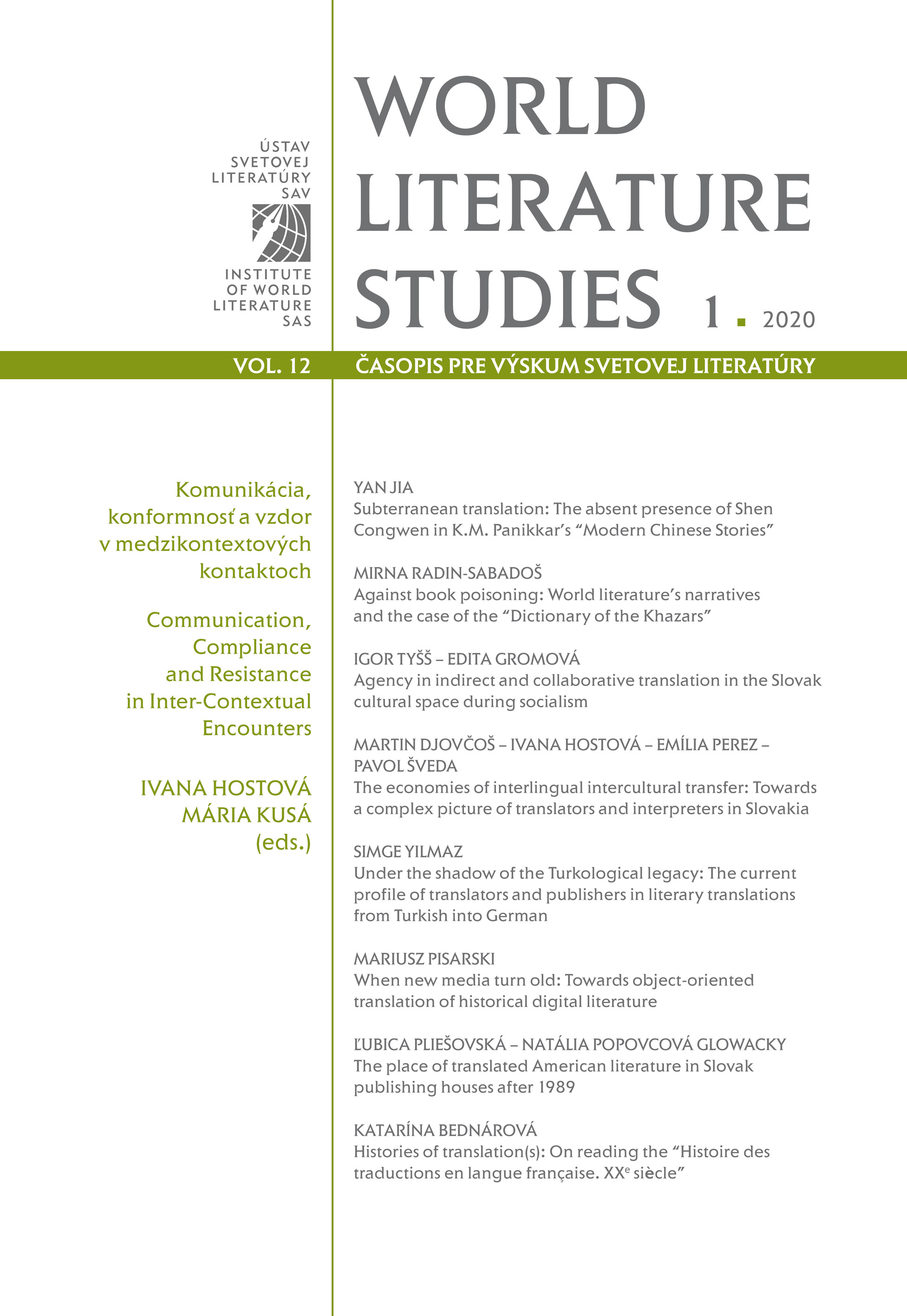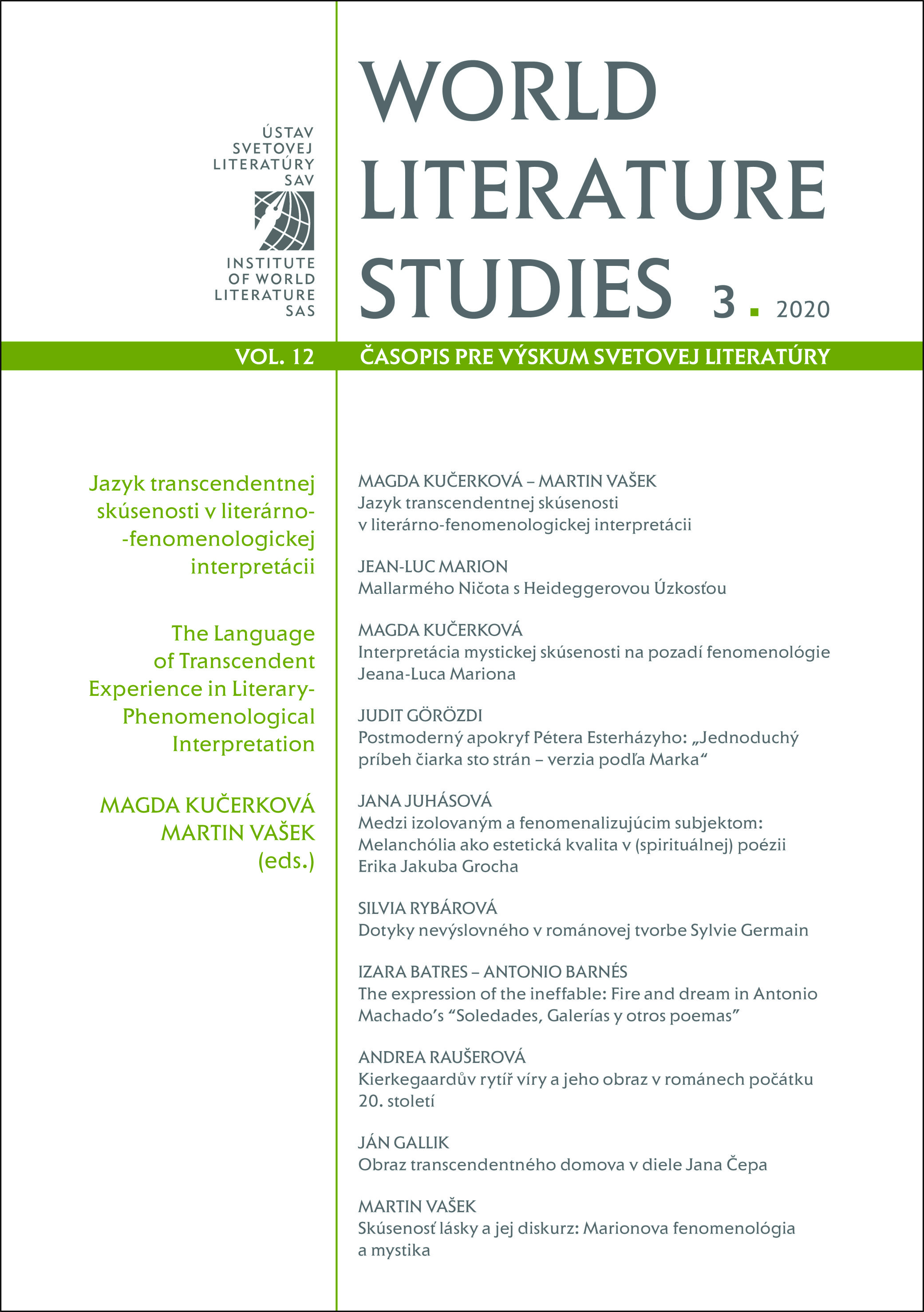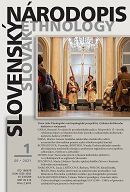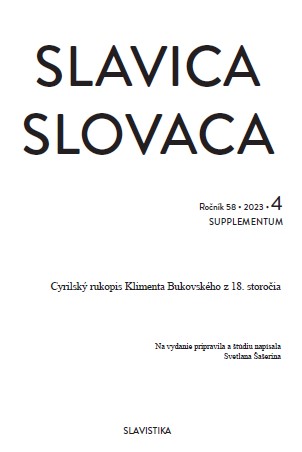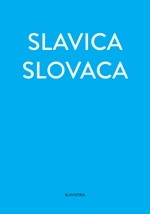MARGINÁLNE O FESTIVALE NOVÁ DRÁMA 2015
The paper is a marginal reflexive probe into this year’s New Drama Festival (10 – 15 May 2015 in Bratislava). This festival has a unique focus on contemporary texts of the so-called new drama (of Slovak and foreign provenience). The author deals with several selected productions, thinking about their themes and unusual expression, or innovative communicativeness. He states that this year’s 11th year of the New Drama Festival was mainly a platform of new communication of theatre in the universal sense and not only a traditional, recapitulating show.
More...
